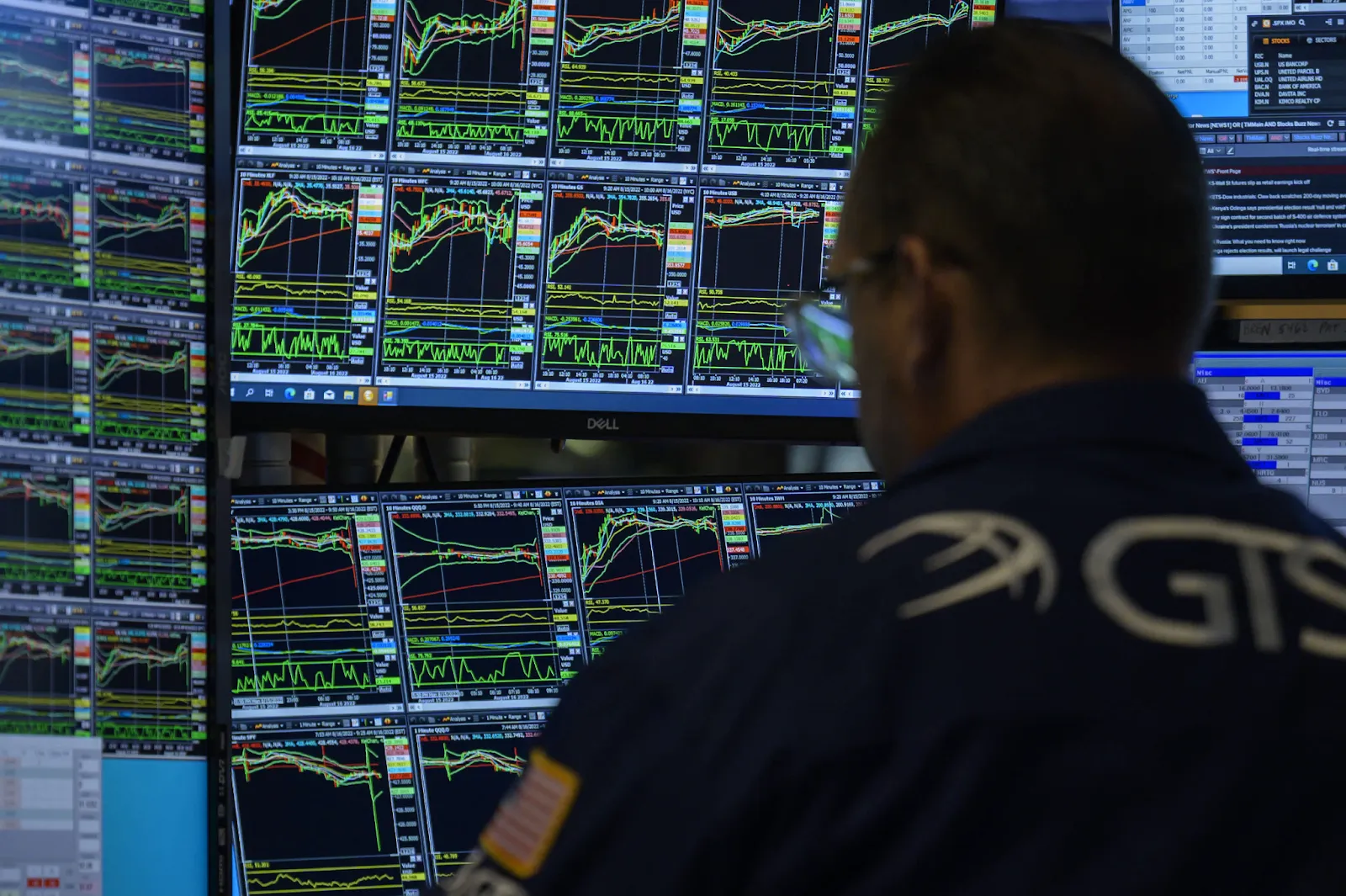Markets are in a frenzy over Treasury yields.
The yield on six-month Treasury notes has soared past 5%, while the yield on one-month Treasury notes has dipped below 4%. There was a slight increase in the yield on the benchmark 10-year Treasury note on Thursday, reaching around 4%. Earlier in the day, the yield on two-year government bonds hit its highest point since November just a day earlier.
Due to the surge in interest rates, investors are now turning to bonds for yield - particularly short-term bonds - in order to make a profit. In addition, the stock market has been in a state of flux after a strong January rally.
Aside from that, investors are also uncertain about whether the U.S. Federal Reserve will be able to keep interest rates at a higher level for longer, given that inflation has been far higher than expected in recent months.
Investing in short-term bonds is a great way for investors to take advantage of the higher yields right now, but they don't want to lock in their money for a long time in case markets bounce back or if the Fed makes a dovish turn.
As a result of these preferences, many investors have also been flocking to short-term Treasury exchange-traded funds which have a duration of one to three years in order to meet their investment goals. The main advantage of Treasury ETFs is that they can be traded just like stocks, they track bonds closely, and they pay regular dividends throughout the year. Vanguard's Short-Term Treasury Index ETF and Schwab's Short-Term U.S. Treasury ETF are two examples of short-term Treasury index ETFs.
Top-rated, short-term bond ETFs
On the other hand, there is one area of the short-term bond market where yields are expected to go even higher in the near future.
With the help of Morningstar data, the Trade Algo was able to screen for top-rated, ultra-short-term bond funds. As part of the criteria for selection, the fund must receive a five-star rating from Morningstar and have a positive total return over the last three years, as well as an SEC (U.S. Securities and Exchange Commission) 30-day yield of over 4%.
The 30-day yield of a fund is the yield investors will be able to earn over the course of a 12-month period - if the fund continues to earn the same rate for the duration of the year.
Funds that invest in ultra-short-term bonds typically invest in bonds that have a shorter duration that is less than a year in duration. They are made up of a combination of government bonds and investment-grade corporate bonds, or they can consist only of the latter. There is a possibility that some funds may earn a higher yield as they venture into more risky asset-backed securities.
Since you are purchasing corporate debt, you need to be aware that corporate bonds come with a higher level of risk than government bonds.

Subscribe to our newsletter!
As a leading independent research provider, TradeAlgo keeps you connected from anywhere.








